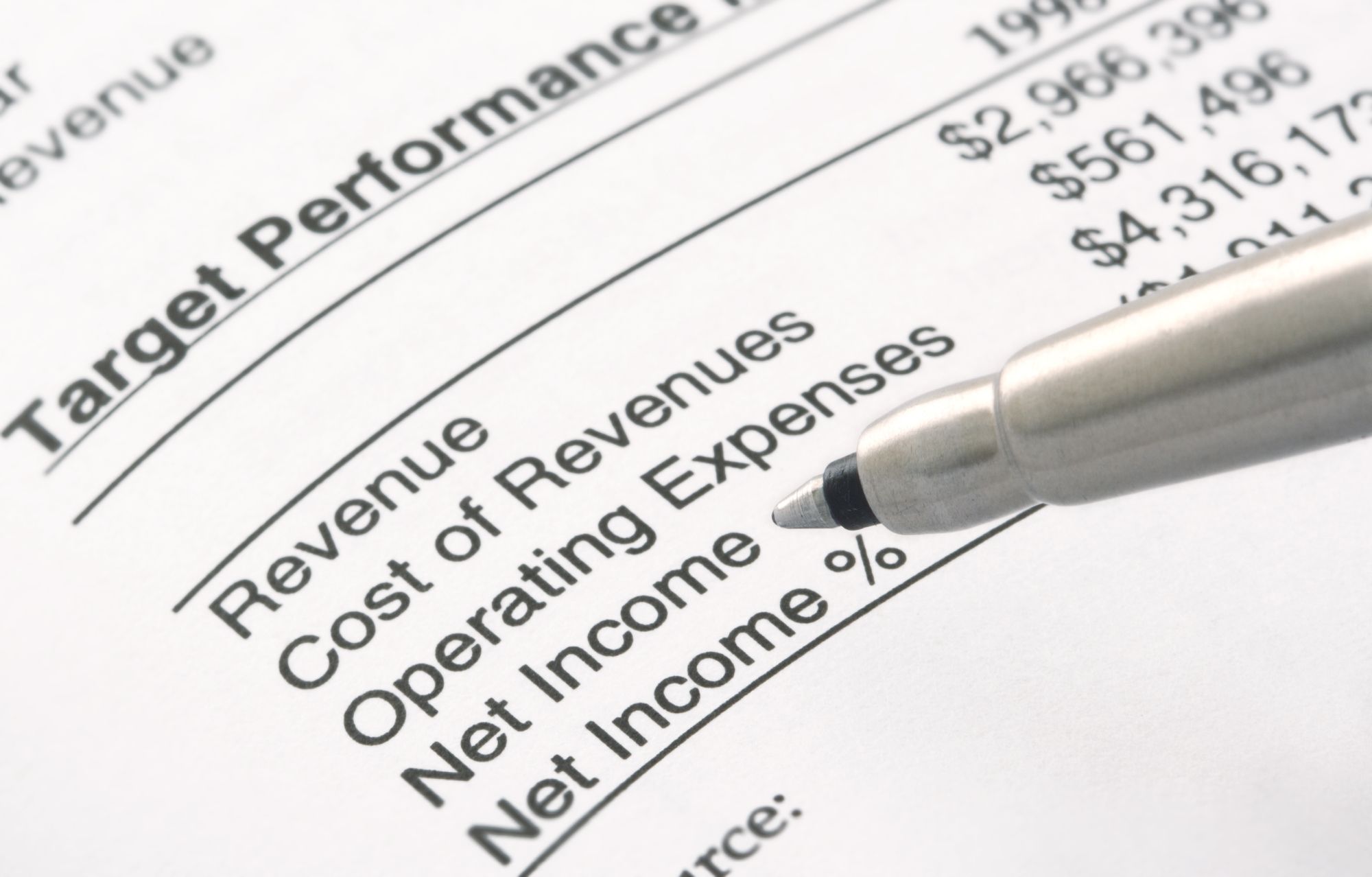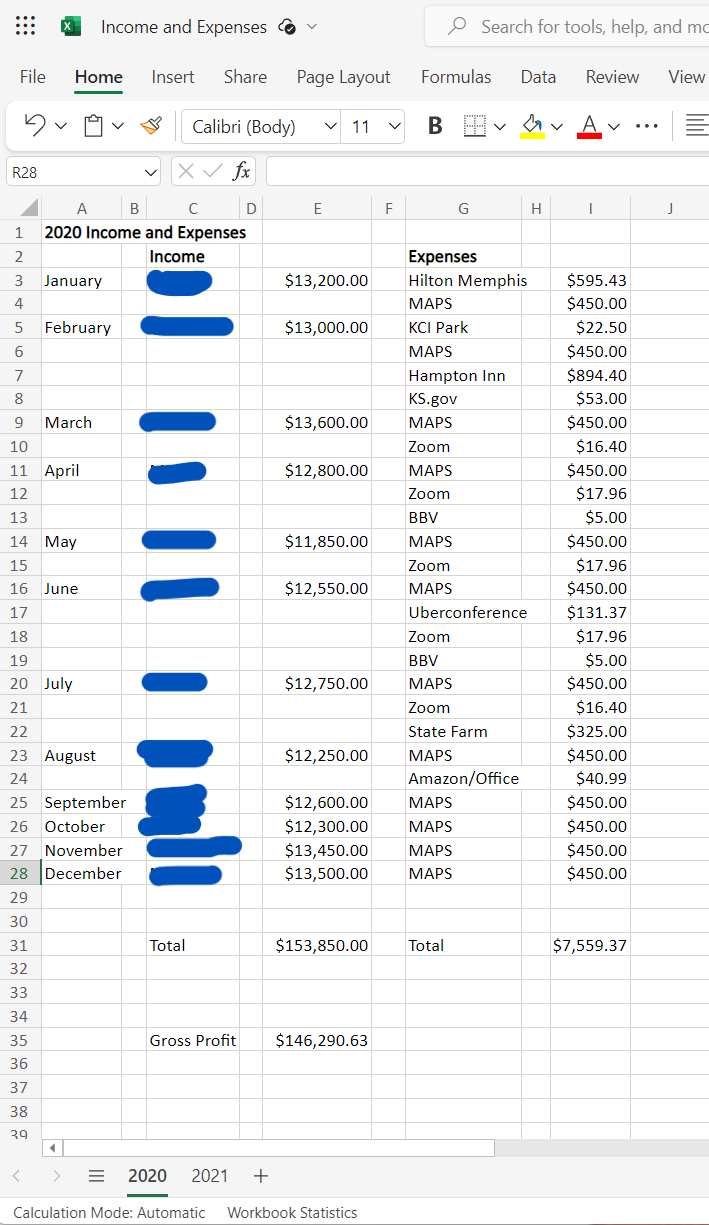Basics of Profit & Loss Sheet

Training
A Profit & Loss sheet is really nothing more than a list of all your income minus a list of all your expenses and the remainder is either a profit (if the remainder is positive) or a loss (if the remainder is negative). This can become as complicated as you like, or better yet, as simple as you like.
Here is an Actual Income Statement I turned into my CPA for my 2020 taxes.

As you can easily see, this is a simple business and so I used a simple Excel spreadsheet that I made in just minutes. On the left is all the income. On the right are all the expenses.
For the property management firm I own, the Profit and Loss statement is five pages long. That is because I used the NARPM standardized Chart of Accounts that I had loaded into QuickBooks. My property management company has many different avenues of income and many, many more places we create expenses and I want to be able to track all of that in great detail.
Information is Power
With a Profit and Loss statement that is structured the same, year in and year out, you can begin to make better and better decisions as the years go by. Benefits include:
- Tracking your highest/lowest income streams in your given business to decide which to expand and which to jettison.
- Track your labor and recognize when you can afford more help or better pay/benefits for the people you have.
- You can see trends from month to month and year to year. What is doing better? What isn't? When are we busier (or slower) than our average?
- Keeping a tight P&L from month to month makes tax season easier for you and your tax preparer, and therefore less expensive.
If you are just starting out in business, I would do a little search to see if there is a "best practices" Profit and Loss sheet for your industry. In real estate I have a best practices sheet from Keller Williams and for property management I have one from NARPM. In both cases, they are just Profit & Losses wherein the industry said "Let's use the same terms or account numbers so we can compare and contrast." These formats for a P&L are called a Chart of Accounts.
While this is not an endorsement, SmartSheet.com has different Profit & Loss templates for free and for fee, as does RocketLawyer. If your business is a little more complex or you are ready to go to another level of tracking, I would highly recommend QuickBooks. It's not easy to learn but it's not hard, either.
Or, if you are rolling in cash you can hire a bookkeeper or an accountant to help you with tracking your Income and Expenses. Whatever you choose, visit your Profit & Loss a minimum of one time a month. Your future-self will thank you.
Contact the author to provide feedback and questions.
Learn more about the author.
